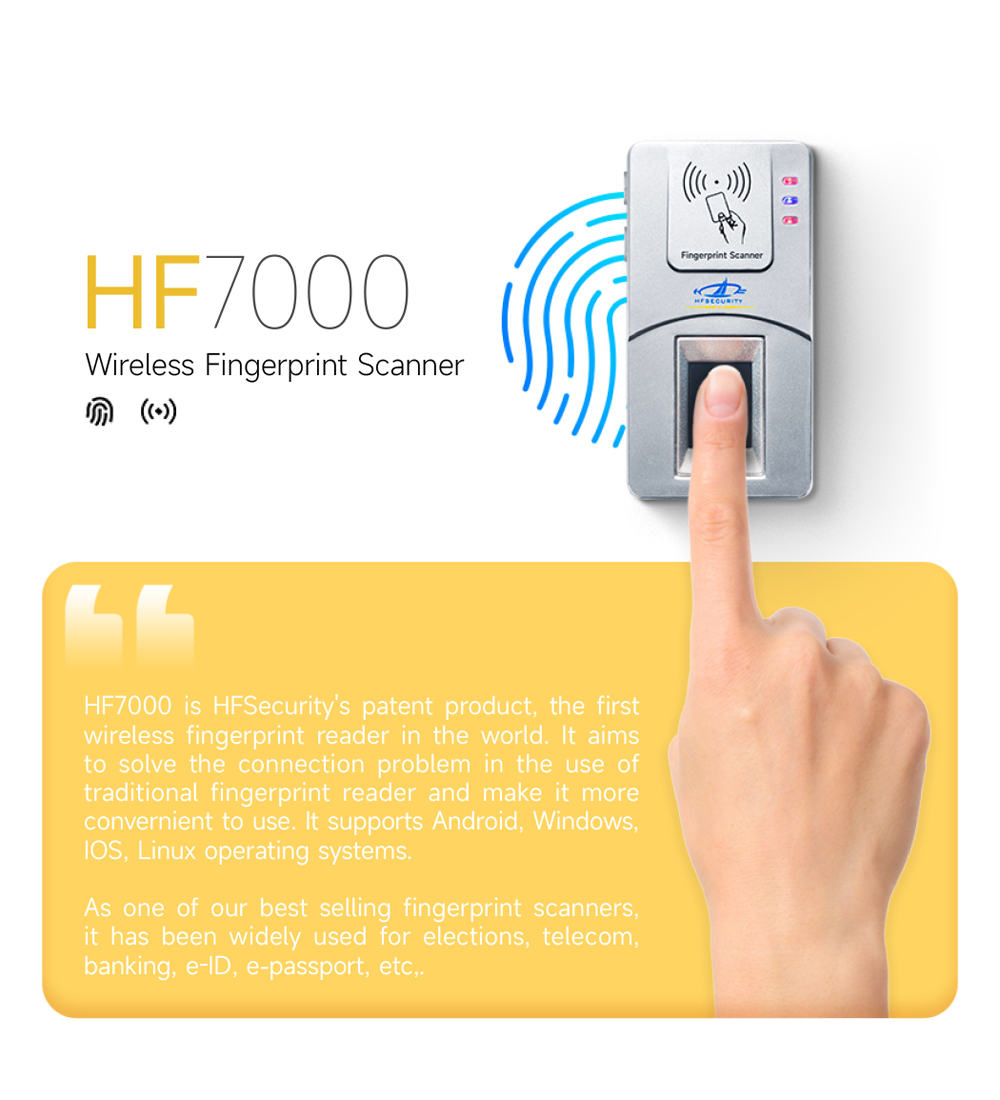A biometric fingerprint scanner is a device that captures and analyzes fingerprints for identification and authentication purposes. Here’s a basic overview of how it works: A fingerprint scanner is a device that captures a fingerprint scanner.
Image Capture: The process begins with capturing an image of the fingerprint. This is typically done using optical, capacitive, or ultrasonic sensors.
Optical fingerprint scanners: Use light to capture the fingerprint image. The surface of the scanner is illuminated, and the ridges and valleys of the fingerprint create variations in the reflected light, which is then captured by a sensor.
Capacitive fingerprint scanners: Use electrical current to form an image. The ridges of the fingerprint make contact with the conductive plates on the scanner, creating a pattern that is detected and used for identification.
Ultrasonic scanners: Use sound waves to create a 3D image of the fingerprint. The scanner emits ultrasonic waves that penetrate the outer layers of the skin, and the reflected waves create a detailed fingerprint image.
Feature Extraction: Once the fingerprint image is captured, the system needs to extract key features that are unique to each fingerprint. These features often include ridge endings, bifurcations, and minutiae points (unique ridge characteristics).
Template Creation: The extracted features are used to create a unique digital template or representation of the fingerprint. This template is a compact and secure way to store the essential characteristics of the fingerprint without storing the entire image.
Storage and Comparison: The template is then stored in a database or on a secure device. When someone attempts to authenticate using their fingerprint, a new image is captured, features are extracted, and a template is created. This template is then compared to the stored templates in the database to find a match.
Matching Algorithm: A matching algorithm compares the extracted features from the captured fingerprint with the stored templates. If there is a sufficient level of similarity or a predefined threshold is met, the system identifies the fingerprint as a match, granting access or verifying identity.
HFSecurity HF7000 Bluetooth Fingerprint Scanner
Biometric fingerprint scanners are widely used for access control, secure authentication, and in various applications where identity verification is crucial. They provide a reliable and convenient method of confirming an individual’s identity based on unique biological characteristics. fingerprint scanners are widely used for access control, secure authentication, and in various applications where identity verification is crucial. They provide a reliable and convenient method of confirming an individual’s identity based on unique biological char-fingerprint scanners that are widely used for access control, secure authentication, and in various applications where identity verification is crucial.




